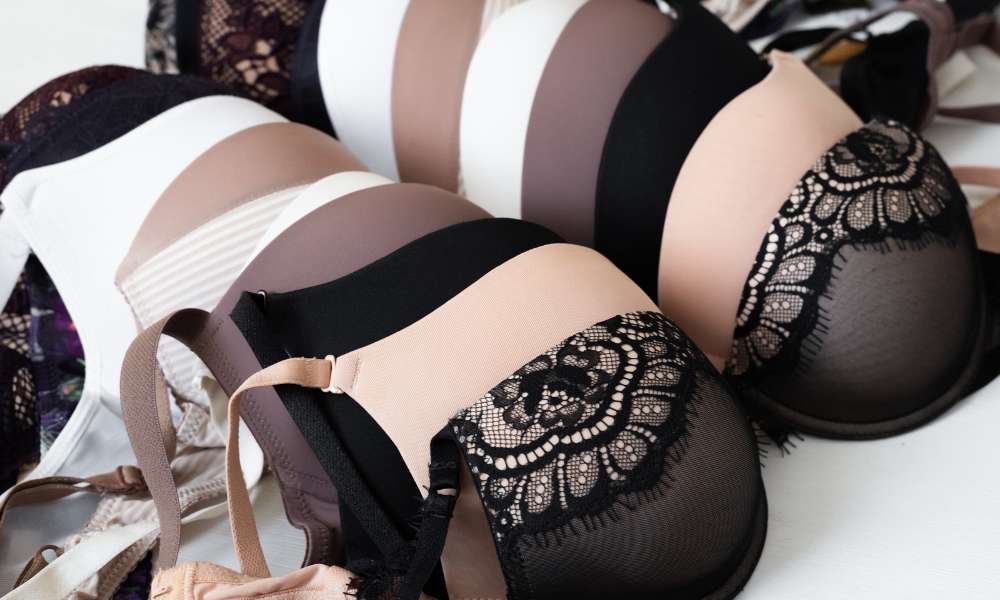Women's Underwear Trends: An Overview of Brief Styles for 2025
The women's underwear industry continues to evolve rapidly, with 2025 promising significant shifts in fabric technology, design aesthetics, and consumer preferences. From sustainable materials to innovative comfort features, the upcoming year showcases how intimate apparel adapts to modern lifestyle demands while maintaining essential functionality and style.

What Key Trends Will Shape Women’s Underwear in 2025?
Sustainability takes center stage as manufacturers prioritize eco-friendly materials like organic cotton, bamboo fiber, and recycled polyester. Seamless construction gains momentum, offering invisibility under clothing while reducing fabric waste during production. Smart textiles incorporating moisture-wicking technology and antimicrobial properties address health-conscious consumers’ needs.
Color palettes shift toward earth tones and muted pastels, reflecting broader fashion trends emphasizing natural aesthetics. High-waisted briefs continue dominating, providing enhanced coverage and comfort for diverse body types. Inclusivity drives expanded size ranges, with brands offering extended sizing from XS to 6XL to accommodate all consumers.
How Are Costs of High-Quality Women’s Underwear Developing in the US?
Premium underwear pricing reflects increased material costs and enhanced manufacturing processes. Quality cotton and sustainable fabric options typically range from $15-40 per piece, while luxury brands command $50-80 for specialty items. Mid-range options maintain accessibility at $8-20 per piece, offering reasonable quality without premium pricing.
Manufacturing shifts toward domestic production influence costs, with American-made options averaging 20-30% higher than imported alternatives. However, consumers increasingly value quality construction and ethical production practices, justifying higher price points for durable, well-crafted pieces.
Brands and Price Segments Overview
The market segments into distinct pricing tiers serving different consumer needs. Budget-friendly options from mass retailers provide basic functionality at $5-12 per piece, while premium brands emphasize luxury materials and innovative design features. Sustainable brands occupy the mid-to-upper price range, reflecting higher production costs for eco-friendly materials and ethical manufacturing practices.
Direct-to-consumer brands disrupt traditional retail models, offering quality products at competitive prices by eliminating middleman markups. Subscription services gain popularity, providing convenience and cost savings for regular underwear replacement cycles.
| Brand Category | Price Range | Key Features |
|---|---|---|
| Budget/Mass Market | $5-12 per piece | Basic cotton, standard sizing, wide availability |
| Mid-Range | $15-25 per piece | Improved materials, better fit, some specialty features |
| Premium | $30-50 per piece | Luxury fabrics, innovative design, extended sizing |
| Luxury/Designer | $50-80+ per piece | High-end materials, exclusive designs, premium construction |
Prices, rates, or cost estimates mentioned in this article are based on the latest available information but may change over time. Independent research is advised before making financial decisions.
Which Brands Will Be Particularly Popular in 2025?
Established brands like Calvin Klein and Victoria’s Secret adapt to changing preferences by expanding inclusive sizing and sustainable options. Newer companies such as Parade and Cuup gain market share through social media marketing and body-positive messaging. ThirdLove continues growing through innovative fitting technology and diverse representation.
Sustainable brands including Pact and Boody attract environmentally conscious consumers with organic materials and ethical production practices. Athletic brands like Lululemon and Athleta expand their intimate apparel lines, meeting demand for performance-oriented undergarments suitable for active lifestyles.
Direct-to-consumer brands maintain competitive advantages through personalized shopping experiences and subscription models. Traditional department store brands face pressure to innovate while maintaining their established customer base through improved quality and updated designs.
The women’s underwear landscape in 2025 reflects broader societal shifts toward sustainability, inclusivity, and technological innovation. Consumers increasingly prioritize comfort, quality, and ethical production over traditional brand loyalty. This evolution creates opportunities for both established companies and emerging brands to meet diverse consumer needs through innovative products and marketing approaches. The industry’s continued growth demonstrates the importance of intimate apparel in women’s daily lives and the ongoing demand for products that combine functionality with personal expression.




